Summary
Situated in the southwestern part of the state, the wilderness spans over 179,755 acres of rugged terrain, encompassing diverse landscapes and remarkable geological features.
One of the primary reasons to visit the Kalmiopsis Wilderness is its pristine and untouched wilderness. With its remote location and challenging access, it remains a hidden gem for those seeking solitude and a true wilderness experience. The area is renowned for its rugged beauty and stunning landscapes, showcasing deep canyons, sparkling rivers, and towering mountains.
Several notable points of interest within the wilderness include the iconic Siskiyou Mountains, the renowned Kalmiopsis leachiana (a rare and unique shrub found only in this region), and the enchanting Babyfoot Lake. Hiking trails wind their way through the wilderness, offering breathtaking vistas and opportunities to observe the diverse flora and fauna that call this area home.
Interesting facts about the Kalmiopsis Wilderness include the presence of some of the oldest rock formations in Oregon, dating back over 200 million years. The unique serpentine soils found here create a distinct and harsh environment, resulting in a specialized plant community that includes several rare and endangered species. The wilderness is also home to a variety of wildlife, including black bears, cougars, and Roosevelt elk.
The best time of year to visit the Kalmiopsis Wilderness typically falls between late spring and early fall. Summer months offer pleasant weather for hiking and camping, while spring brings vibrant wildflower displays throughout the area. It's important to note that weather conditions can be unpredictable, so it's advisable to check local forecasts and be prepared for sudden changes in temperature and precipitation.
To ensure accuracy, it is recommended to verify the information provided by consulting multiple independent sources, such as official park websites, travel guides, and local visitor bureaus.
Weather Forecast
Park & Land Designation Reference
Large protected natural areas managed by the federal government to preserve significant landscapes, ecosystems, and cultural resources; recreation is allowed but conservation is the priority.
State Park
Public natural or recreational areas managed by a state government, typically smaller than national parks and focused on regional natural features, recreation, and education.
Local Park
Community-level parks managed by cities or counties, emphasizing recreation, playgrounds, sports, and green space close to populated areas.
Wilderness Area
The highest level of land protection in the U.S.; designated areas where nature is left essentially untouched, with no roads, structures, or motorized access permitted.
National Recreation Area
Areas set aside primarily for outdoor recreation (boating, hiking, fishing), often around reservoirs, rivers, or scenic landscapes; may allow more development.
National Conservation Area (BLM)
BLM-managed areas with special ecological, cultural, or scientific value; more protection than typical BLM land but less strict than Wilderness Areas.
State Forest
State-managed forests focused on habitat, watershed, recreation, and sustainable timber harvest.
National Forest
Federally managed lands focused on multiple use—recreation, wildlife habitat, watershed protection, and resource extraction (like timber)—unlike the stricter protections of national parks.
Wilderness
A protected area set aside to conserve specific resources—such as wildlife, habitats, or scientific features—with regulations varying widely depending on the managing agency and purpose.
Bureau of Land Management (BLM) Land
Vast federal lands managed for mixed use—recreation, grazing, mining, conservation—with fewer restrictions than national parks or forests.
Related References
Area Campgrounds
| Location | Reservations | Toilets |
|---|---|---|
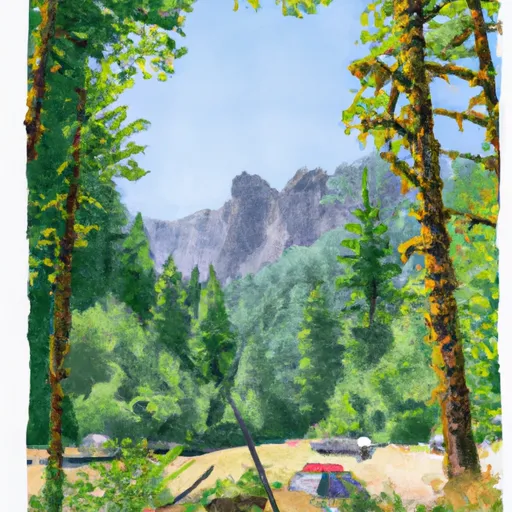 Winchuck
Winchuck
|
||
 Ludlum
Ludlum
|
||
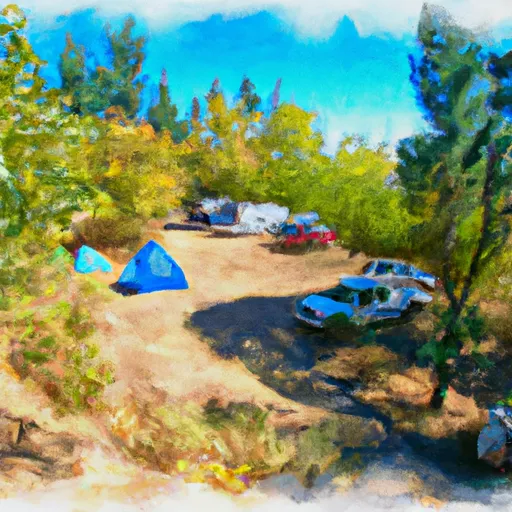 Ludlum House Group Site Recreation Rental
Ludlum House Group Site Recreation Rental
|
||
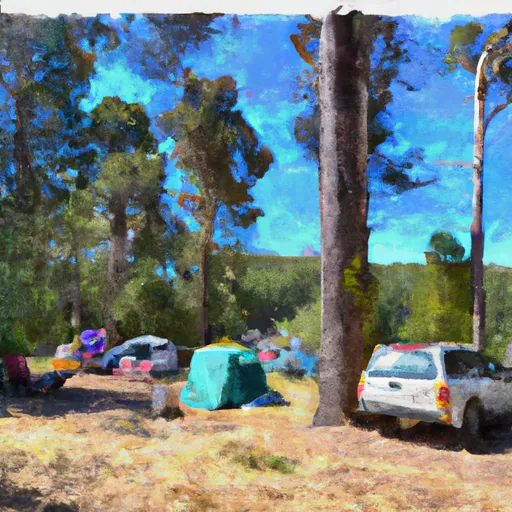 Ludlum Campground
Ludlum Campground
|
||
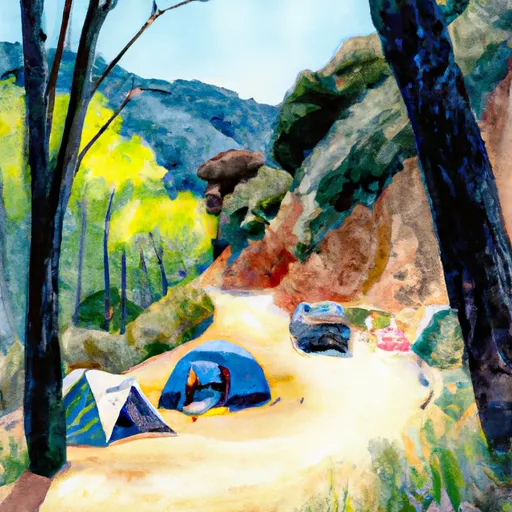 Patrick Creek Campground
Patrick Creek Campground
|
||
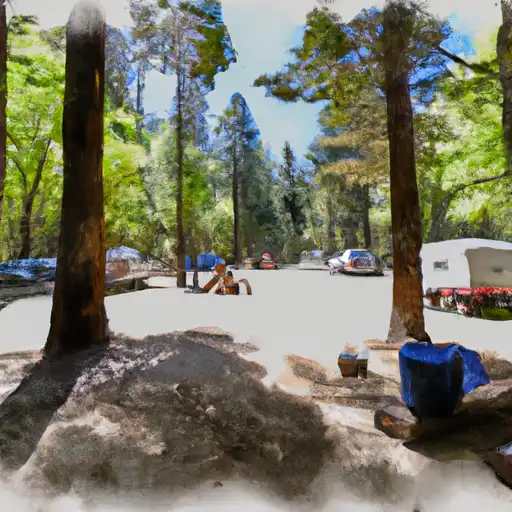 Patrick Creek
Patrick Creek
|
